
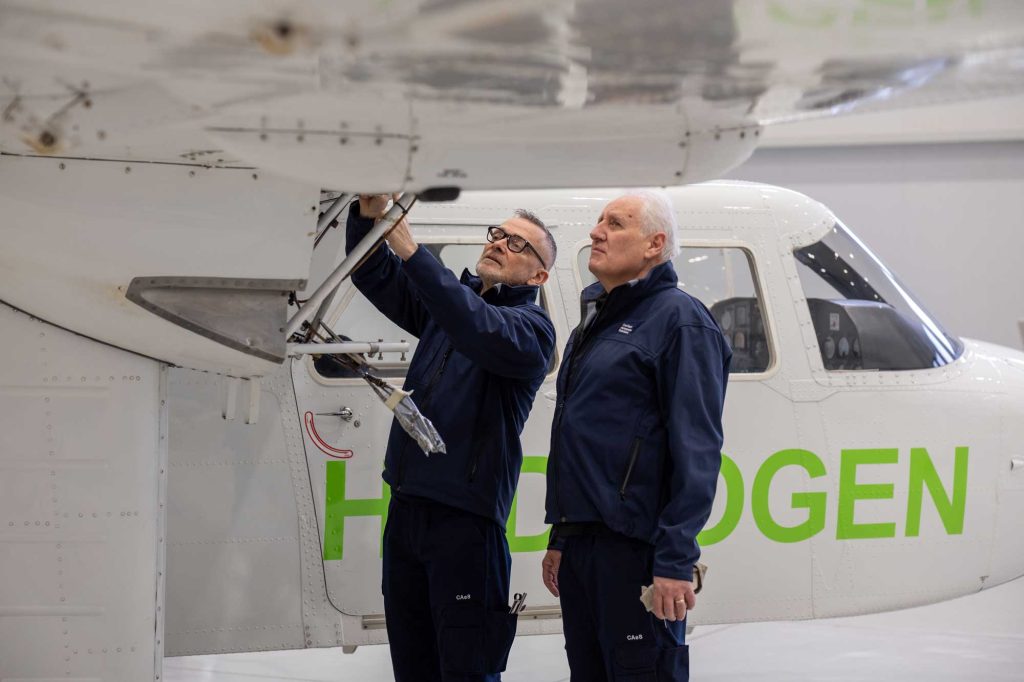
Design Organisation
• CAA Part 21J
• CAA BCAR A8-21
• UK MOD MAA DAOS
Production Organisation
• CAA Part 21G
• CAA BCAR A8-21

Almost 30 years industry experience
Trusted by world-renowned aerospace OEMs
Delivered complex aircraft modifications, sub-scale and full-scale ground and flight test aircraft demonstrators
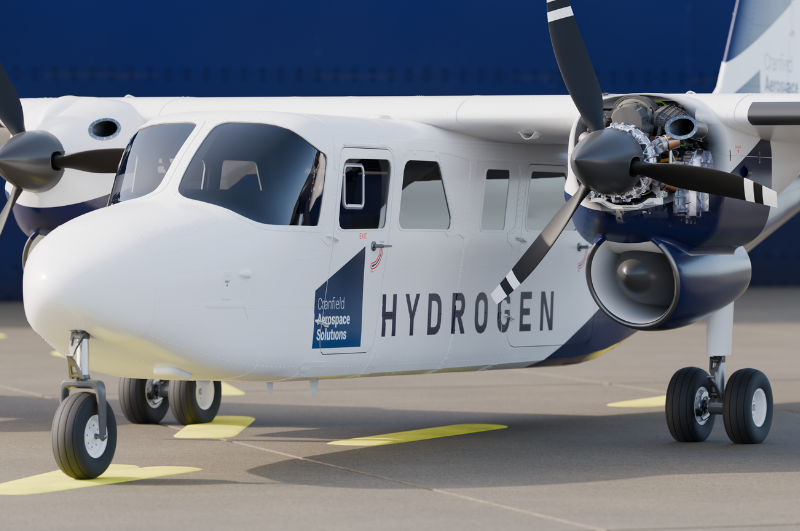
Kick-starting the Zero Emissions Age of Aviation
Developing zero emissions hydrogen fuel cell drivetrains that are scalable and adaptable to multiple applications
Identifying the real challenges of zero emissions aviation technology – and solving them
We believe that collaboration is the key to success and we take pride in the strength of our relationships with our partners.
Select a logo below to discover more
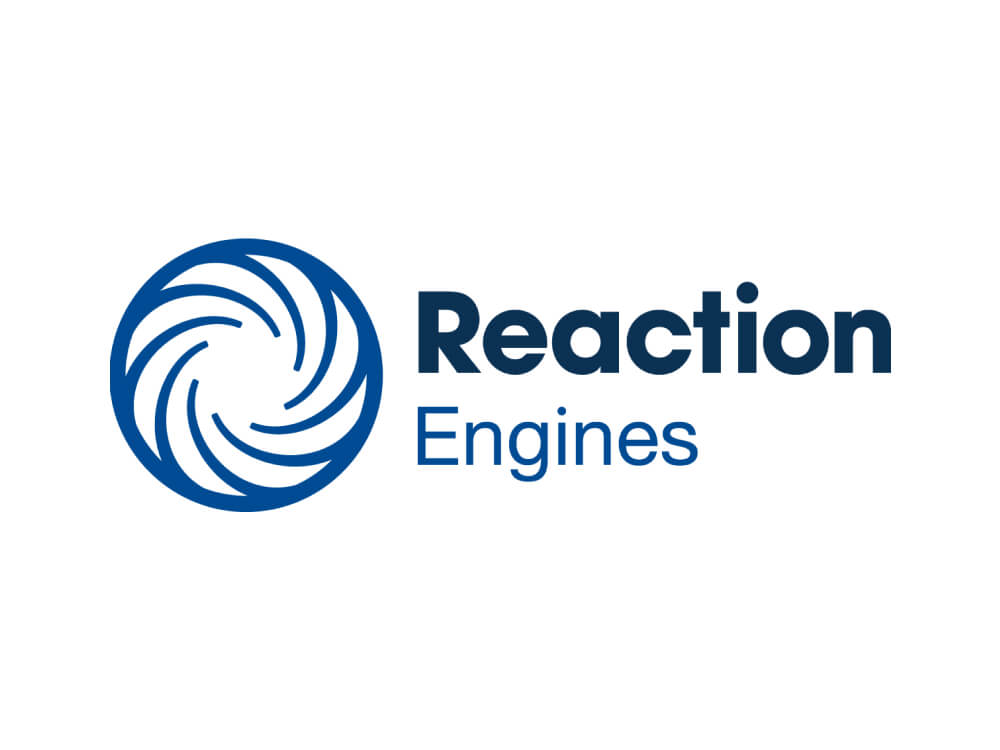

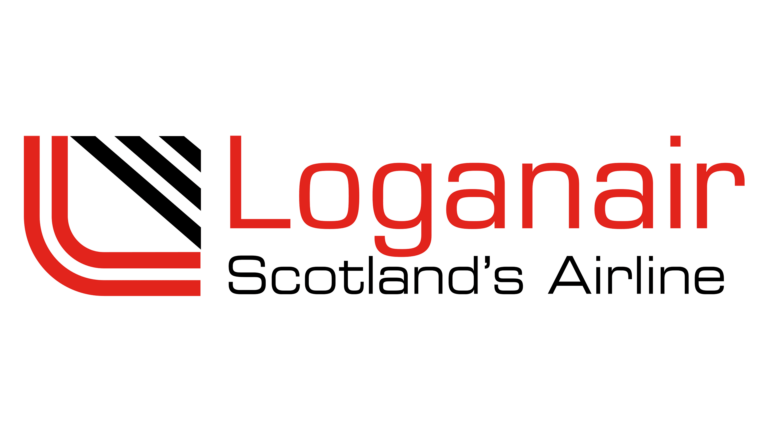


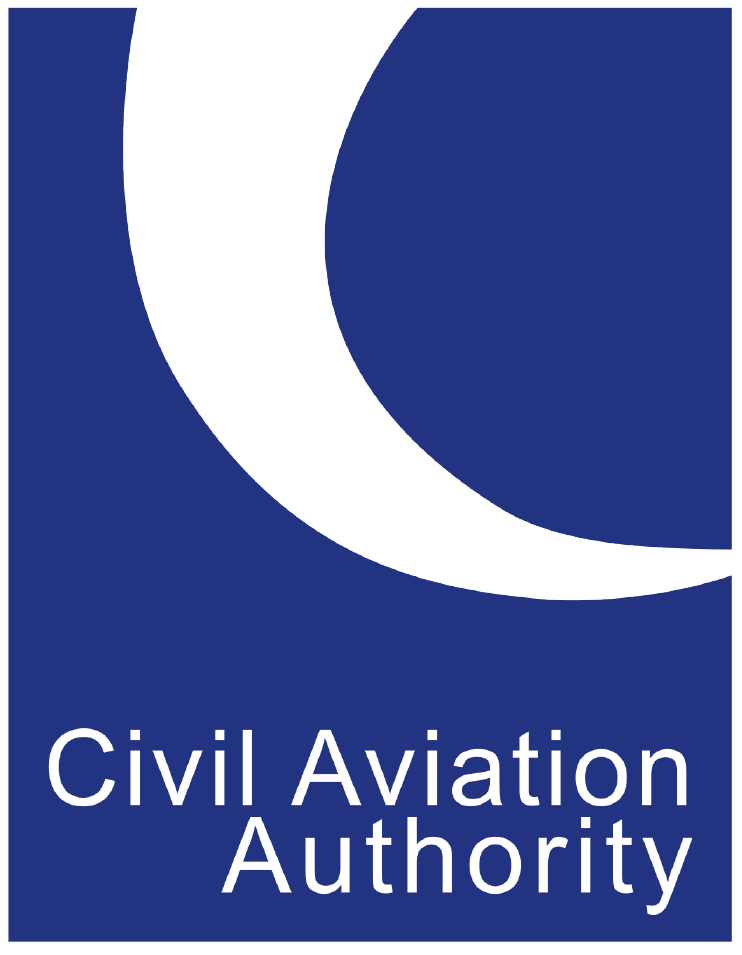

CAeS has been working with Reaction Engines (REL) since 2021 and officially signed a technology partnership in 2023. A UK company and world leader in thermal management, REL is developing elements of the SABRE air-breathing rocket engine technology for use in commercial aviation (and other applications). Being able to extract the waste heat from a fuel cell system in a way that minimises additional weight and drag to the aircraft platform underpins the technical and commercial viability of the hydrogen propulsion system.
Link to Reaction Engines website: https://reactionengines.co.uk/
EasyJet is committed to being at the forefront of the use of hydrogen as a means to decarbonise aviation and the partnership with CAeS, as well as Rolls Royce and GKN, is a demonstration of that commitment.
Link to easyJet website: https://www.easyjet.com/
Loganair are the UK’s largest regional airline and currently operates Islander aircraft in Orkney. Supporters of Project Fresson since its inception, in January 2024 we signed an official agreement to collaborate on bringing hydrogen powered Islanders to the Scottish islands. Loganair’s insight into their operation has been critical for informing the production design of the technology.
Link to Loganair website: https://www.loganair.co.uk/
Dronamics, developer of the middle-mile cargo UAV Black Swan, has been granted both an IATA & ICAO operator designation and AOC (Air Operator Certificate) in Europe. Although Dronamics will launch their operations with conventionally-powered UAVs, the MOU signed with CAeS in 2023 and the subsequent Letter of Intent for CAeS hydrogen powertrains underlines the intent to transition to a sustainable solution for the platform.
Link to Dronamics website: https://www.dronamics.com/
Air New Zealand are a major international airline renowned for their focus on sustainability.
CAeS was selected as the airline’s hydrogen technology partner on its Mission Next Gen Aircraft Programme, created to accelerate the development of technologies and the infrastructure required to make them a reality for commercial aviation in New Zealand.
Link to Air NZ website: https://www.airnewzealand.co.uk/
Link to Mission Next Gen Aircraft website: https://flightnz0.airnewzealand.co.nz/
CAeS has worked closely with the CAA (Civil Aviation Authority) for almost 30 years, having held EASA and now CAA design, production and maintenance regulatory approvals for that time. CAeS are proud to have been selected as one of three organisations to work with the CAA Innovation team in their Hydrogen Challenge, focusing on the hydrogen propulsion technology. We are also collaborating on Project SATE (Sustainable Aviation Test Environment) with a focus on refuelling hydrogen aircraft in an airport environment.
Link to CAA website: https://www.caa.co.uk/
Link to CAA hydrogen challenge site: https://www.caa.co.uk/our-work/innovation/hydrogen-challenge/
Based in Kirkwall, Orkney, the project was launched in November 2020 and is pioneering the adoption of sustainable aviation technology by creating an environment where key stakeholders can collaborate, design ecosystems and trial sustainable aviation technology.
CAeS joined SATE in January 2024 to lead a collaborative effort to address the hazards, risks and challenges associated with using gaseous hydrogen as an aviation fuel, with particular focus on the airport environment and the refuelling process.
Link to SATE website: https://sate.scot/
Select a logo below to discover more




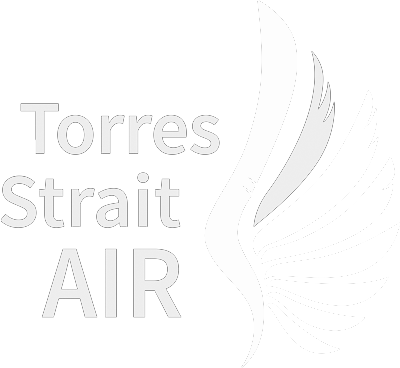

Air New Zealand are a major international airline renowned for their focus on sustainability.
Cranfield Aerospace were selected as Air New Zealand’s hydrogen technology partner on their Mission Next Gen Aircraft Programme which was created to accelerate the development of next generation aircraft technologies and the infrastructure required to make them a reality for commercial aviation in New Zealand.
https://www.airnewzealand.co.uk/
https://flightnz0.airnewzealand.co.nz/initiatives/mission-next-gen-aircraft
Dronamics have developed the Black Swan, a middle-mile cargo UAV and have been granted both an IATA & ICAO operator designation and an AOC (Air Operator Certificate) in Europe. Although they will launch their operations with conventionally-powered UAVs, the MOU signed with CAeS in 2023 and the subsequent Letter of Intent for nearly 1300 CAeS hydrogen powertrains underlines their intent to transition to a sustainable solution for their platform.
MONTE is a global asset manager, founded with the sole ambition of financing sustainable regional transportation. Our partnership with MONTE allows us to offer extend financing options to operators when purchasing our modification kits or conversions.
A startup airline planning to operate exclusively sustainable aircraft, Evia Aero aims to reactivate regional markets and expand air travel in a scalable, sustainable and economically viable way. CAeS is one of the airline’s two technology partners.
Californian-based private aviation and fractional ownership innovator Stratus 9 signed a deal with CAeS in February 2024 to create the United States’ first zero-emission fractional aircraft and co-ownership programme.
A 100% indigenously-owned air charter company based in the beautiful island community off the northern coast of Australia, Torres Strait Air has been operating Islanders for almost 10 years. A LOI signed with MONTE in September 2023 recognises the operator’s intention to convert its Islander fleet to hydrogen-electric propulsion.
Welcome to Torres Strait Air!
British reginal airline Skybus is owned by the Isles of Scilly Steamship Group (ISSG) and has been operating Islanders between the UK mainland and the Scilly Isles for over 30 years. ISSG signed a Letter of Intent with CAeS and Britten Norman in 2021 in recognition of their ambition to transition their air services to hydrogen.
https://www.islesofscilly-travel.co.uk/skybus/
The use of hydrogen in aviation is novel. There are currently no standards or regulations in place to guide technology developers, airlines, airports or fuel providers on how to achieve the high levels of safety required by the industry.
Drawing on over 30 years’ experience of providing safe and certified aerospace solutions, CAeS is taking a phased approach to the development of our technology and its introduction to the market. We will be working closely with regulators and partners to not only optimise our solutions but also to drive the necessary standards and regulation that will enable the Zero Emissions Age of Aviation.
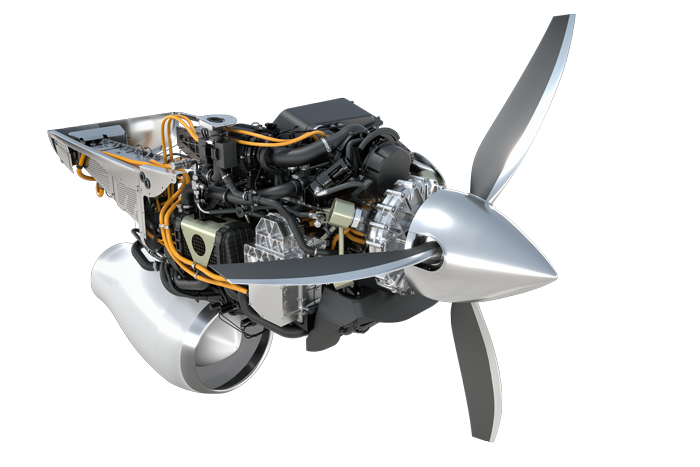
Development of a 250kW hydrogen fuel cell drivetrain, designed to be scalable and adaptable to multiple platforms. The initial route to market is via retrofit of an existing aircraft, the 9-seat Britten-Norman Islander.
Integration into a specific platform allows us to develop the requirements to ensure our technology is safe, certifiable and commercially viable at the aircraft level.
Working with the Civil Aviation Authority (and others) to define the route to certification of hydrogen powered aircraft and technology.
Working with government, regulators, airports and partners across industry to bring hydrogen to the airports where our customers need it, at a price that will enable the first zero emissions operations to be profitable and successful
Working with airlines, airports, regulators and government to drive forward and understand the necessary standards, regulation & technology required to enable safe refuelling, storage and handling of hydrogen in a commercial airport and maintenance environment
Working with airlines to understand the economics of zero emissions operations and how designs can deliver a compelling value proposition to our customers and their end users
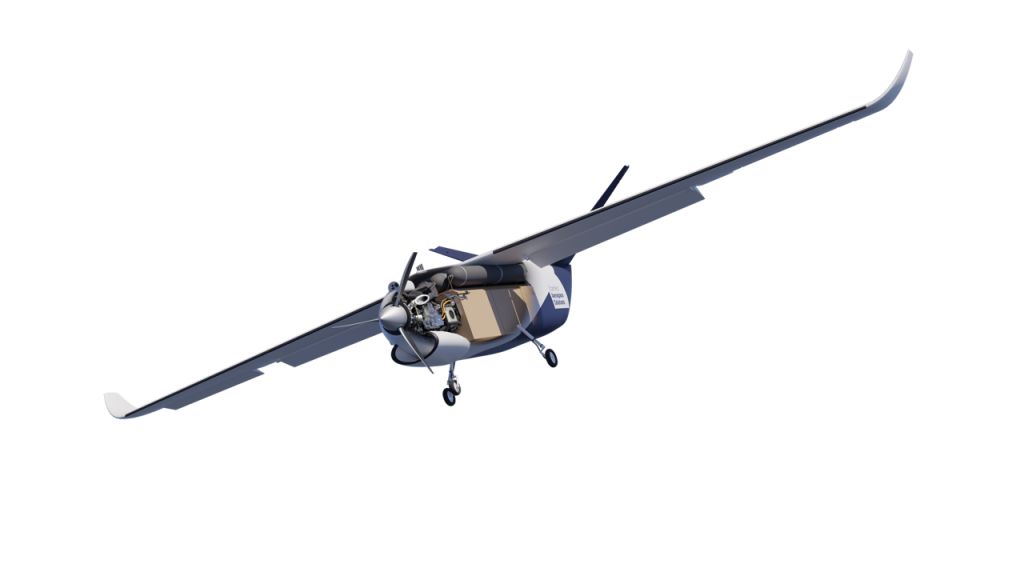
Because we solved the tough challenges such as thermal management and packaging early on in Phase 1, we are now able to assess the suitability of the technology to alternative applications and begin working on those developments with a view to bringing them to market from 2028.
Every aircraft platform and application varies in the space available, power requirements, payload/range and mission requirements; meaning that even a modular and scalable system will need some adaptation to give our platform partners the optimum solution for their needs. Our decades of experience in aircraft integration means we inherently understand how to do this in the most effective manner.
We are already beginning to assess and work on applications including cargo UAVs, eVTOLs, seaplanes and also non-propulsive applications, such as APUs.
This adaptability maximises our market coverage, helps to de-risk against depending on any one revenue stream and assists us to develop and scale not only the technology but also our manufacturing capabilities. This reduces cost and improves consistency and reliability as we continue to develop and improve our technology, using ever-increasing amounts of in-service data from operations and customer feedback.
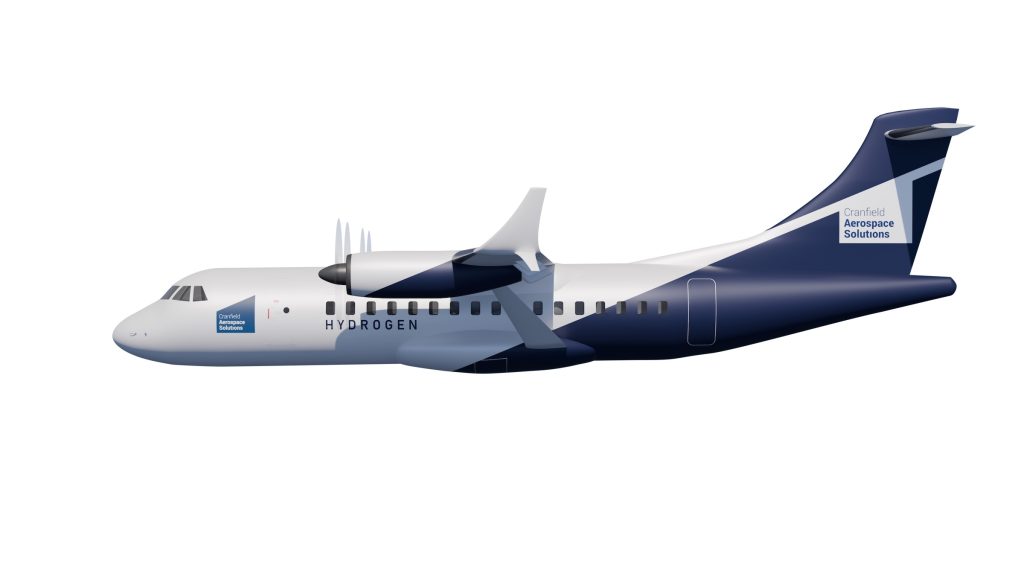
Hydrogen propulsion technology has such an impact on airframe design that for it to realise its full potential, the airframe and the propulsion system must work in symbiosis.
Retrofit can only get you so far.
Building on the learning produced from of our propulsion system developments and products and our capabilities and experience in whole aircraft design, we plan to develop a regional, zero emissions hydrogen aircraft of the future.
Cranfield Aerospace Limited is established as a separate entity to Cranfield University
Project Fresson is established, backed by the ATI Programme
£14.4m raised from Series A investment round
Miracle of packaging’ achieved: hydrogen engine integrated into nacelle
Closure of Series B round
CAeS' first hydrogen-electric powered flight
Target for certification of Supplemental Type Certificate with Fresson hydrogen-electric power train
Target for the first hydrogen powered aircraft, the hydrogen-electric Islander
Application of power train to other platforms
Clean sheet aircraft, optimised for hydrogen power